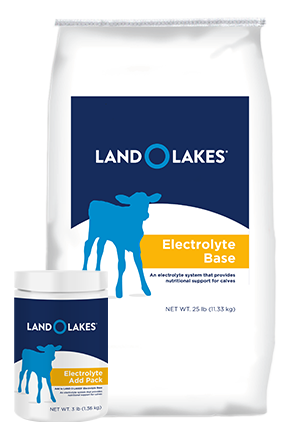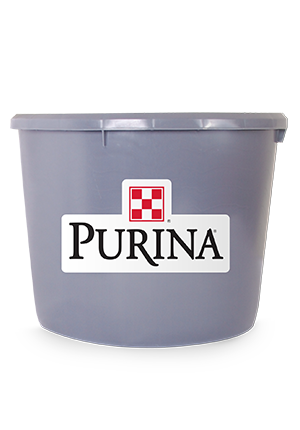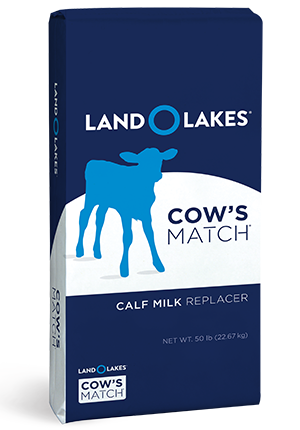
Tips and Tricks to Silage Storage During Harvest
Cow : Management
Packing is key when it comes to silage storage in a bunker. High packing density will minimize dry matter (DM) and nutrient losses during ensiling, storage and feedout.
While some dairy farmers are achieving very high DM densities, others are severely under packing (Table 2).
Here are four quick tips and tricks for proper bunker silo packing at harvest:

Packing time per ton is typically highest (1 to 4 min/ton on a fresh basis) under low delivery rates (less than 30 tons/hour on a fresh basis). Packing times are consistently less than 1 min/ton (on a fresh basis) at delivery rates above 60 tons/hour.
EX: 3 tractors with a total weight of 120,000 lbs/800 = 150 tons of silage per hour can be properly packed. If your packing tractors are too light, consider filling the tires with water or adding weights to the tractor’s front or 3-point hitch.
Want tips on how to de-stress during silage harvest? Check out these 7 tips.


While some dairy farmers are achieving very high DM densities, others are severely under packing (Table 2).
Here are four quick tips and tricks for proper bunker silo packing at harvest:
Trick: Silage packing time.
Make sure you have enough packing time relative to the chopped forage delivery rate to achieve maximum packing density.
Packing time per ton is typically highest (1 to 4 min/ton on a fresh basis) under low delivery rates (less than 30 tons/hour on a fresh basis). Packing times are consistently less than 1 min/ton (on a fresh basis) at delivery rates above 60 tons/hour.
Tip: Forage delivery rate.
Reducing the delivery rate can be a challenge, as few dairy farmers or silage contractors are willing to slow the harvest rate to optimize packing. Adding a second or third packing tractor as delivery rate increases can help keep packing time in the sweet spot - typically 1 to 3 minutes per ton of fresh forage.Trick: Packing tractor weight.
To determine the best total tractor weight to optimize packing, divide the total tractor weight by 800 and that will determine the tons per hour of fresh silage that can be properly packed.EX: 3 tractors with a total weight of 120,000 lbs/800 = 150 tons of silage per hour can be properly packed. If your packing tractors are too light, consider filling the tires with water or adding weights to the tractor’s front or 3-point hitch.
Tip: Forage layer thickness.
Chopped forage should be spread in thin layers of 6 to 12 inches. In a properly packed bunker silo, the tires of the packing tractor should pass over the entire surface before the next forage layer is distributed.Common silage mistakes to avoid
- Harvest at the wrong moisture or maturity.
- Insufficient kernel processing of corn silage.
- Inadequate packing.
- Not properly covering with oxygen barrier plastic and tire to tire.
- Incorrect use of inoculants.
- Poor feedout management and not removing spoiled silage.
Want tips on how to de-stress during silage harvest? Check out these 7 tips.







.png?width=300&height=430&ext=.png)